Five powerhouse plants for spring
And what they tell us about weeds and invasion, beauty and utility
#1 Comfrey
Comfrey is a tough, bold plant that comes up early and gets big fast. Like all the photos I share in this post, the picture above was taken during the first week of May here in Ohio. As you can see, comfrey is already flowering and has grown masses of eye-pleasing leaves.
Symphytum officinale is often grown for its medicinal properties and for chop-and-drop mulching, but it is worth growing for other reasons. I grow it along the outside of the garden fence to block less desirable plants that try to creep in. Its large leaves and big footprint create an effective barrier both above and below ground. It’s easy to grow, requiring next to nothing in care, and does equally well in sun and shade. The lush foliage is a balm to winter-weary eyes when it emerges in early spring, and the flowers are pretty and help feed early hummingbirds.
So what's not to love about comfrey? If you opt to use this plant in the garden, it is best to acquire a sterile variety that won't produce seed. I've had comfrey in my garden for decades without a problem, but there are many reports of non-sterile types seeding prolifically and becoming hard to control. The only state that lists comfrey as invasive is Oregon, and it is probably best described as merely aggressive in most instances. If you live in the Pacific Northwest, however, I suggest doing research for your particular locality before planting. Gardeners in all locations should source from a known and trusted supplier to be certain of getting a sterile type.
Comfrey illustrates the difficulty aspiring gardeners have when investigating whether a plant is invasive. The wide range of the meaning of the word complicates the matter. A casual internet search might reveal that comfrey is terribly invasive, but this is because most people use the word to mean simply a plant that spreads aggressively in the garden.
In the botanical world there exist organizations whose purpose is to investigate and identify plants that cause harm to ecosystems, agriculture, or commercial ventures that involve plants, and therefore deserve the label of invasive. These bodies advise governmental agencies and their findings sometimes lead to plant bans.
To further complicate matters, these invasive plant councils often divide plants into categories according to the level of threat they present, with some being highly damaging and others merely slightly. Also, it takes time for a plant to be recognized as a problem, researched, listed, and possibly banned. Meanwhile it might wreak havoc locally. If you have any concern whatsoever about using a plant in the garden, it is best to exercise caution.
#2 Mullein
Common mullein, or Verbascum thapsus, is another plant known for its medicinal properties, but worth growing as an ornamental. This charismatic plant grows large, fuzzy leaves of a pale, ethereal green (yes, you can use them as toilet paper.) In summer it shoots up a towering flower spike covered in yellow flowers and reaching up to seven feet tall.
I have never planted it, but this biennial plant reliably shows up here and there around the property each year. Believed to be native to Eurasia and Africa, it is listed as invasive in seven states according to Invasive.org. Five of these states are in the eastern U.S., but I see no evidence of it creating a problem in southeastern Ohio.
Mullein was probably brought to North America by European colonists in the 1700’s for use as a medicinal and quickly spread across the continent. It has most likely been in this area for centuries and acts like a native plant. By this I mean it behaves itself, doesn't form monoculture stands, and shows no propensity for taking over areas already covered by vegetation. It mainly appears in bare spots such as the edges of paths, and in beds that have yet to fill in.
I've never seen common mullein offered for sale in my area, but no doubt it is possible to source from suppliers of medicinal plants. There's no need to purchase it here — I simply let it grow where I find it, as long as it isn't in my way. If you worry that it might take over, just remove the flower stalk before it sets seed. As a biennial it gives you plenty of warning before seed is produced, so there is little risk in letting it grow.
#3 Garlic
Garlic is quite possibly the perfect plant, unless you don't like eating it. I have heard rumors of cooks who sauté it in oil, then strain out the garlic and use the seasoned oil to flavor dishes. This strikes me as wasteful and frankly insane. Garlic is one of nature's greatest culinary gifts to humankind and should not be squandered.
Not only does garlic have exquisite flavor, it is almost effortless to grow. Few pests attack it (none in my experience.) It is best planted in late fall when garden chores are few, making the task stress-free and enjoyable. When spring arrives and the garlic beds erupt with tough spiky leaves, there is nothing more to be done until it is time to harvest scapes. These delectable flower stalks resemble garlic-infused haricot vert and can be used in mixed stir fries or as a side dish by themselves.
The scapes should be cut off regardless of whether you like to eat them because this allows more energy for bulb formation. Unless you're growing garlic for ornamental purposes of course, in which case you will get something like the flower cluster in the photo above.
I've cheated a bit with my illustrations, which show elephant garlic rather than true garlic. Elephant garlic is classified as a leek, but for practical kitchen purposes is a garlic, albeit a mild one. After experimenting with soft neck, hard neck, and elephant types, I've phased out soft necks entirely because they don't store well and the cloves are too small and labor-intensive for a true garlic lover. I grow primarily the elephant type plus a hard neck variety that originated in northern Ohio.
The attractive blue-green leaves of garlic pop up as soon as the ground begins to warm to take advantage of lengthening daylight. They add structure to the garden and signal that the season of vegetable production has begun. By the middle of summer the plants have been harvested and the bed can be sowed again. Counting scapes, then bulbs, then a third bonus harvest of late carrots or summer squash, garlic beds give thrice.
#4 Cup plant
Truth be told, cup plant is a statuesque yellow beauty that comes into its own in high summer when it is seven feet tall and producing copious happy yellow flowers. I'm including it as a powerhouse of spring because by May 1 it already has a serious presence in the garden and the large mound of exuberant foliage commands the eye to take notice.
Cup plant is not suitable for small gardens and may eventually prove to be too overwhelming even for my sprawling potager. Without support, heavy rain can cause it to droop into paths; it also readily seeds itself. I've already relocated a few plants to spots outside the fence. Someday I might need to transplant them all, but this isn't necessarily a bad thing. Nothing is forever in the garden, not even peonies, and it makes sense to propagate this native within the safety of the garden confines until I can establish a population in wilder areas of the property. Then I might do away with it altogether to make room for the next big thing (I'm thinking Queen of the Prairie.)
#5 Currants
I might be premature in lauding my currants since this is the first year I've seen fruit. On the other hand, this is only the second year in the ground for the plant pictured, and already small clusters of green berries have appeared. Currants are self-fertile, meaning they will set fruit without a different pollenizing variety nearby, but I've added a second plant anyway. So far they are thriving and seem easy to grow. The foliage emerges in the chilly days of early spring, looking like a cross between a raspberry plant and a maple tree.
This plant is better known in Europe than the United States due to a federal ban put in place in 1911. Currants are a host for white pine blister rust and the plants were prohibited in hopes of protecting the timber industry. The national ban was lifted in 1966, but some states like neighboring West Virginia still regulate the plants.
Ohio rescinded its currant ban in 2021, so I'm not an outlaw for adding currants to the garden, but it nevertheless provides excitement to grow something totally new and different. I advise everyone to do just that. Some gardeners challenge themselves by attempting to grow difficult plants or those best suited for other hardiness zones. I prefer to seek out forgotten or less popular plants that are well suited for local conditions and require little care. So far currants fit the bill.
Bonus photos for those who have made it this far:
I grow another species of mullein, Verbascum phoeniceum, or purple mullein. The cultivar ‘Rosetta’ is pictured below.
The oriental poppies are popping.
Will this penstemon ever bloom? Find out next time.

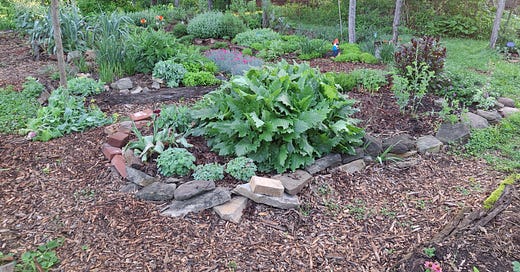


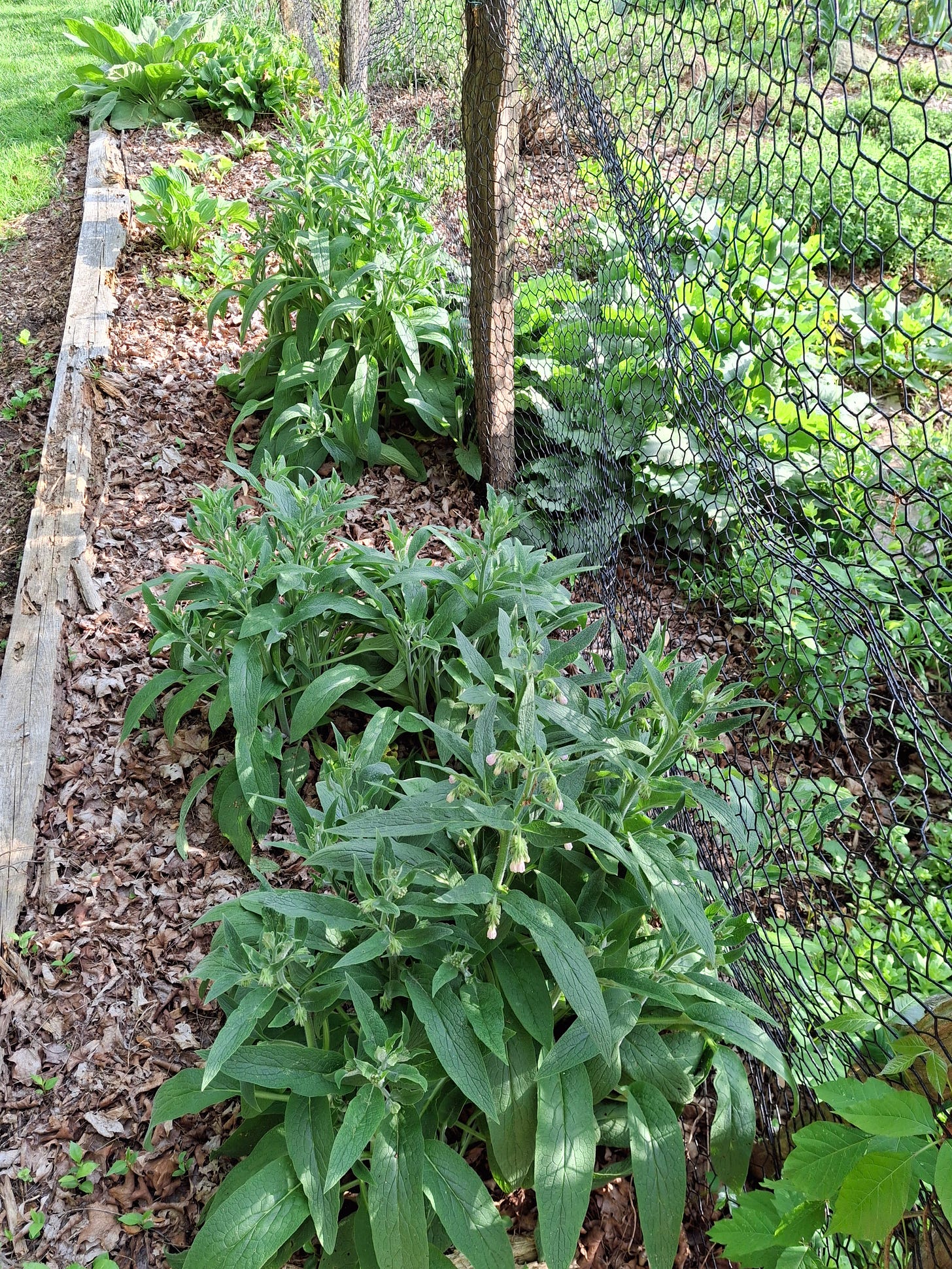
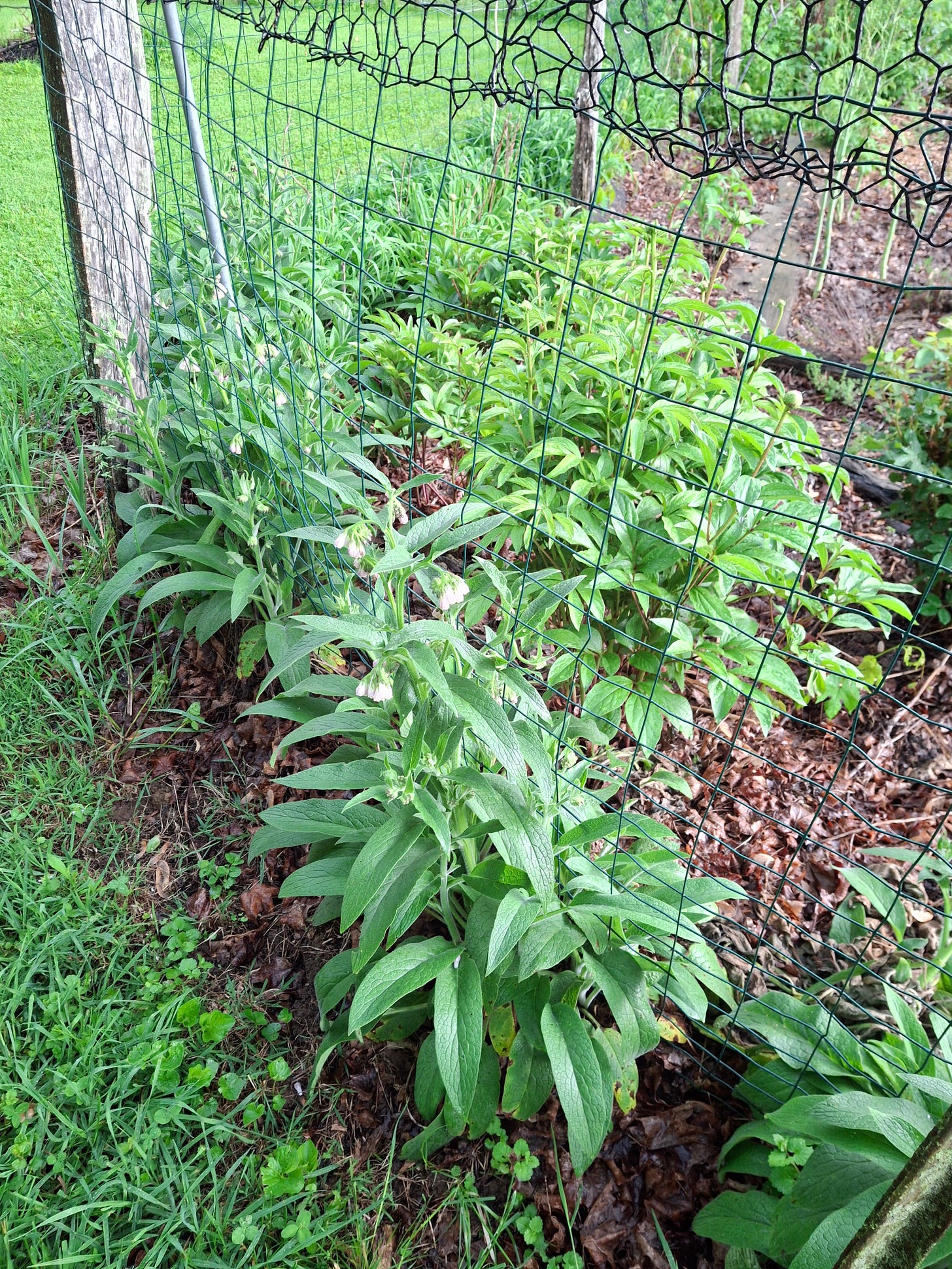
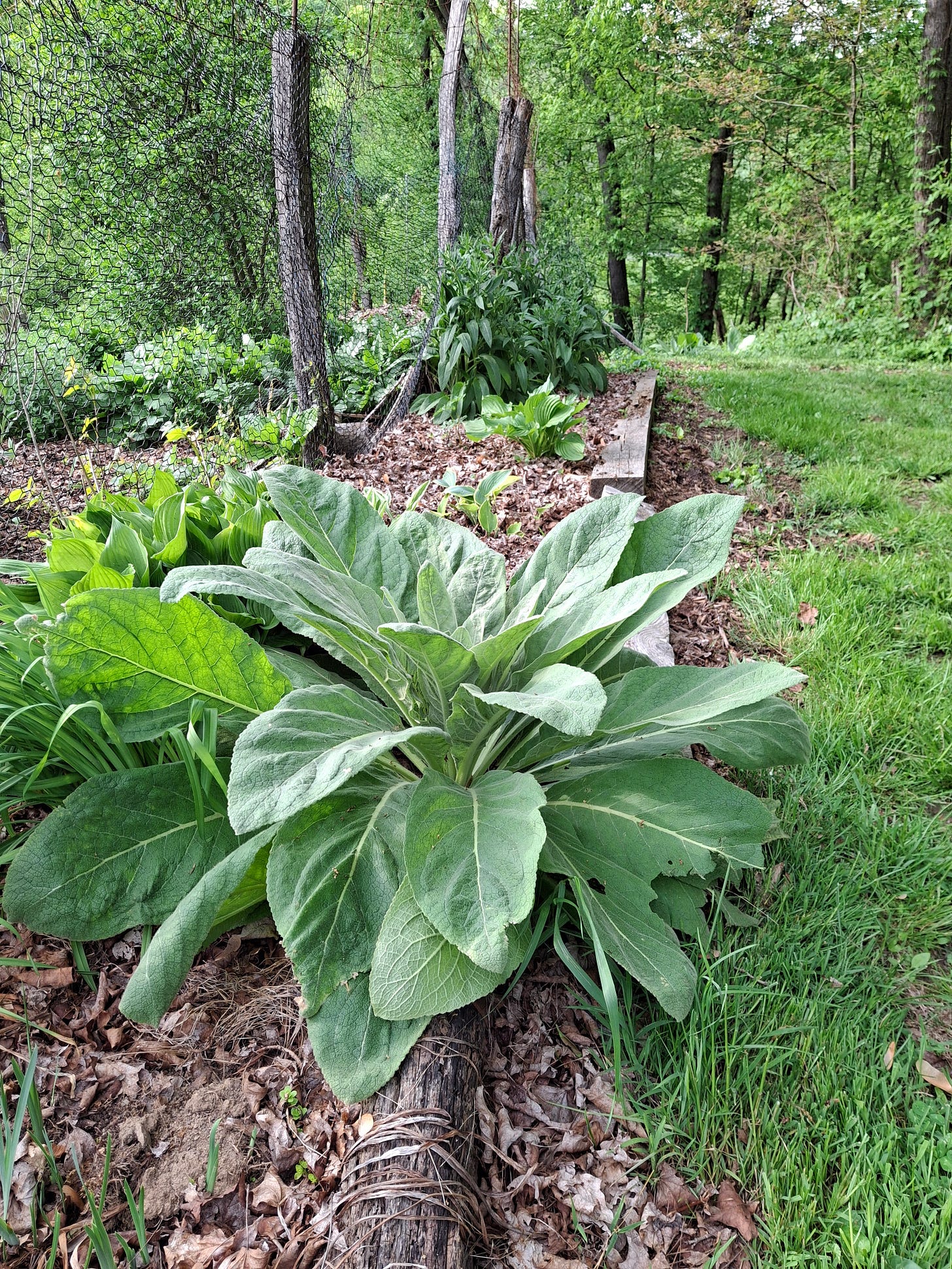
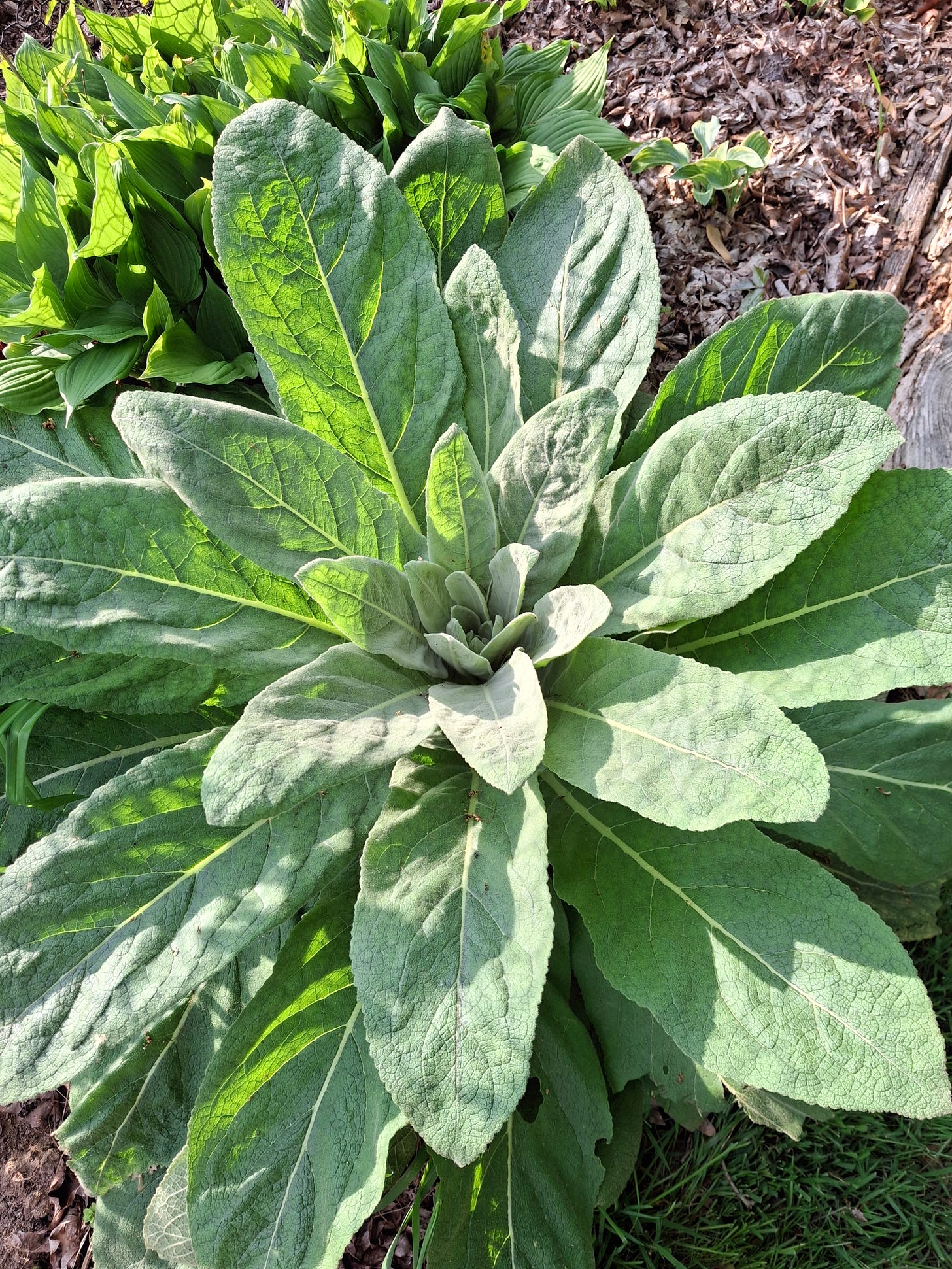
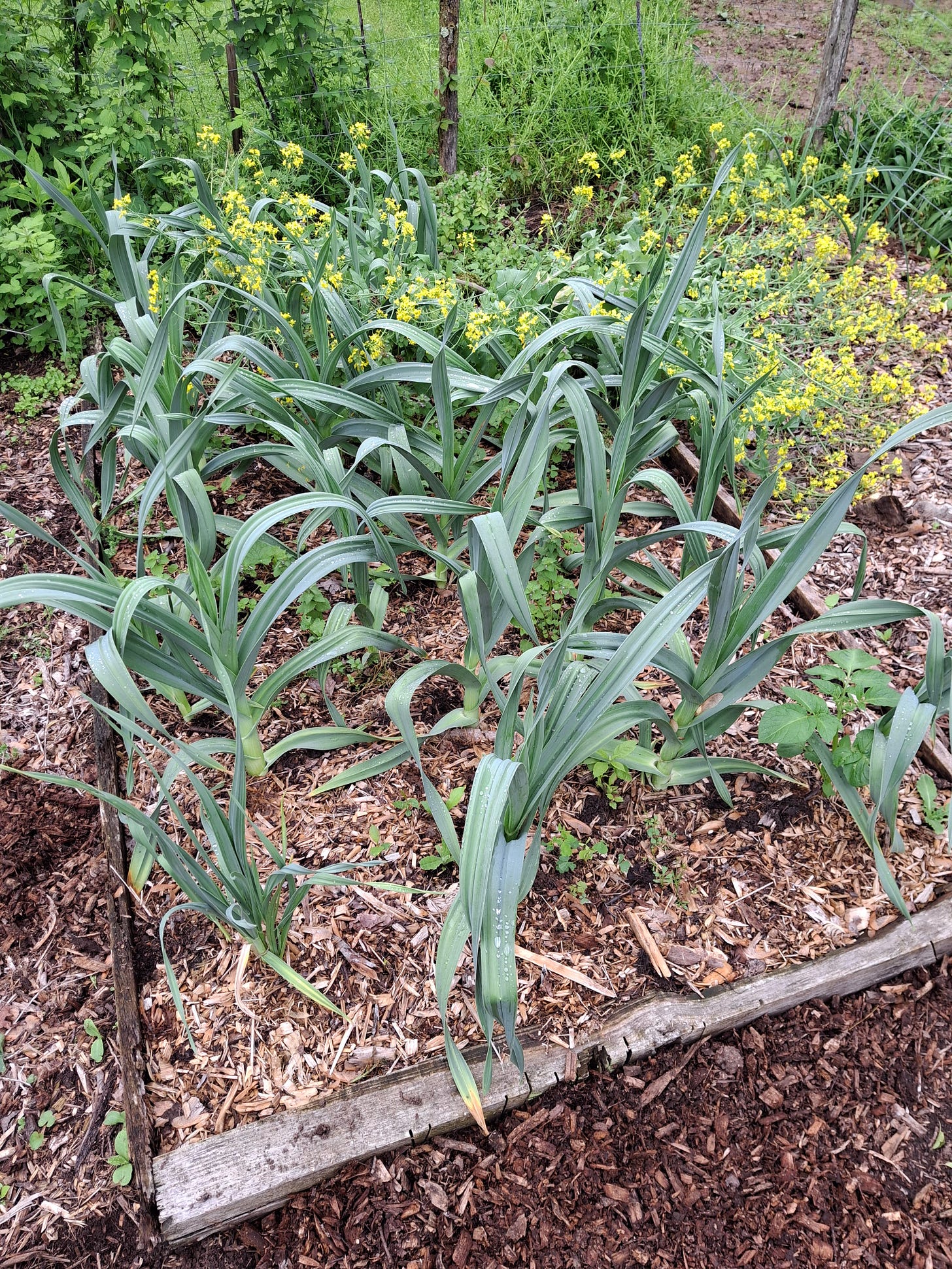
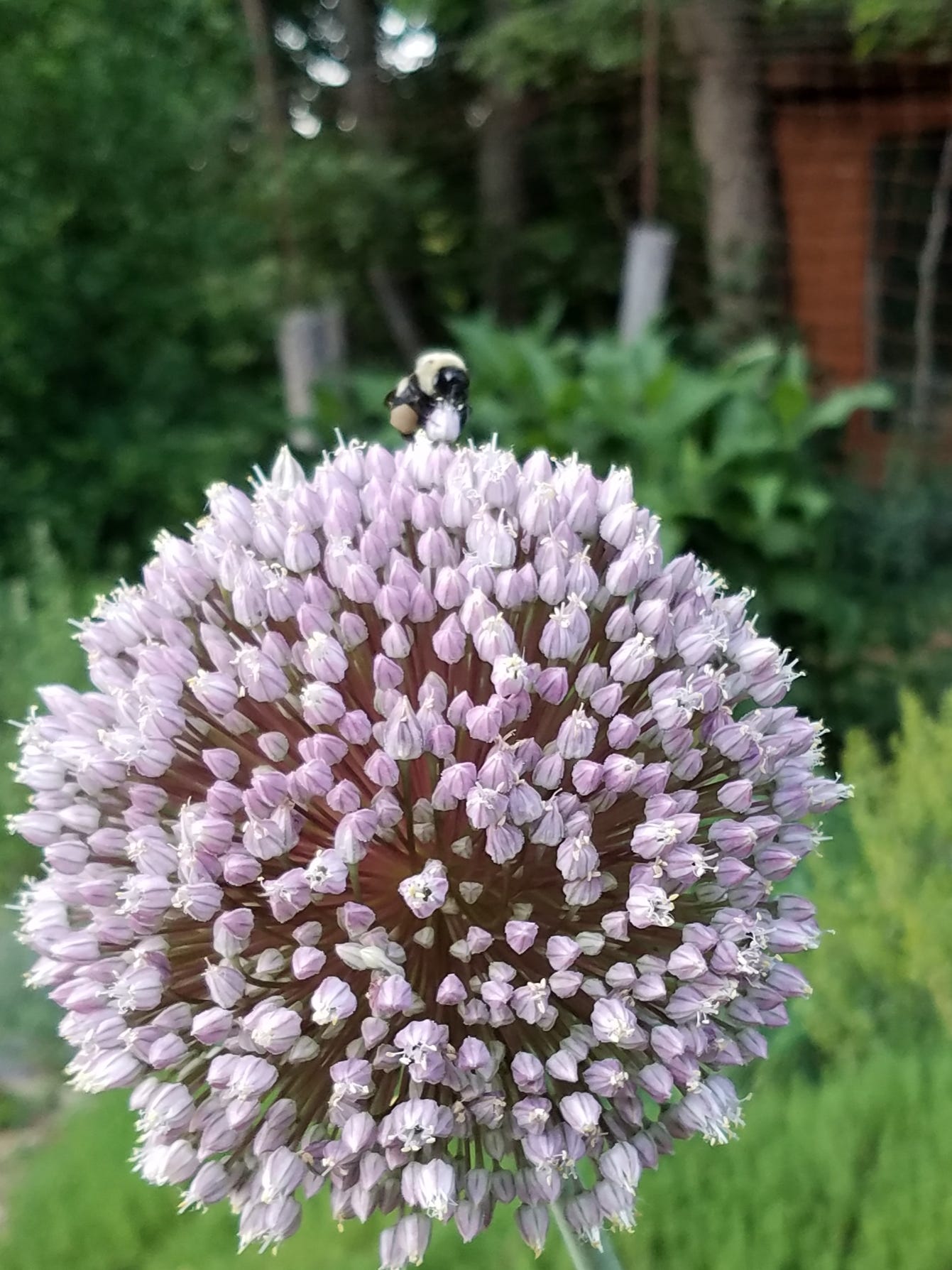
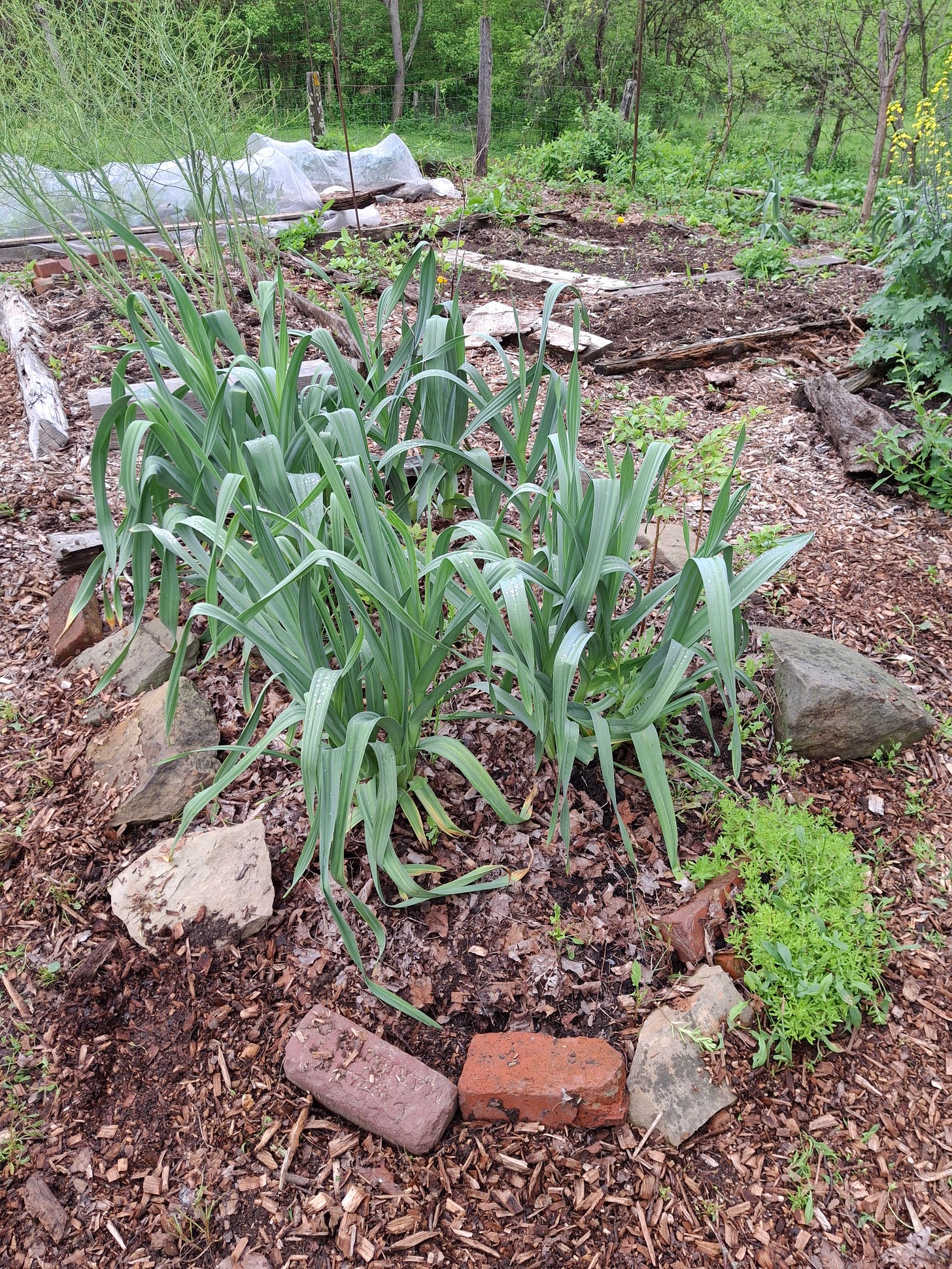
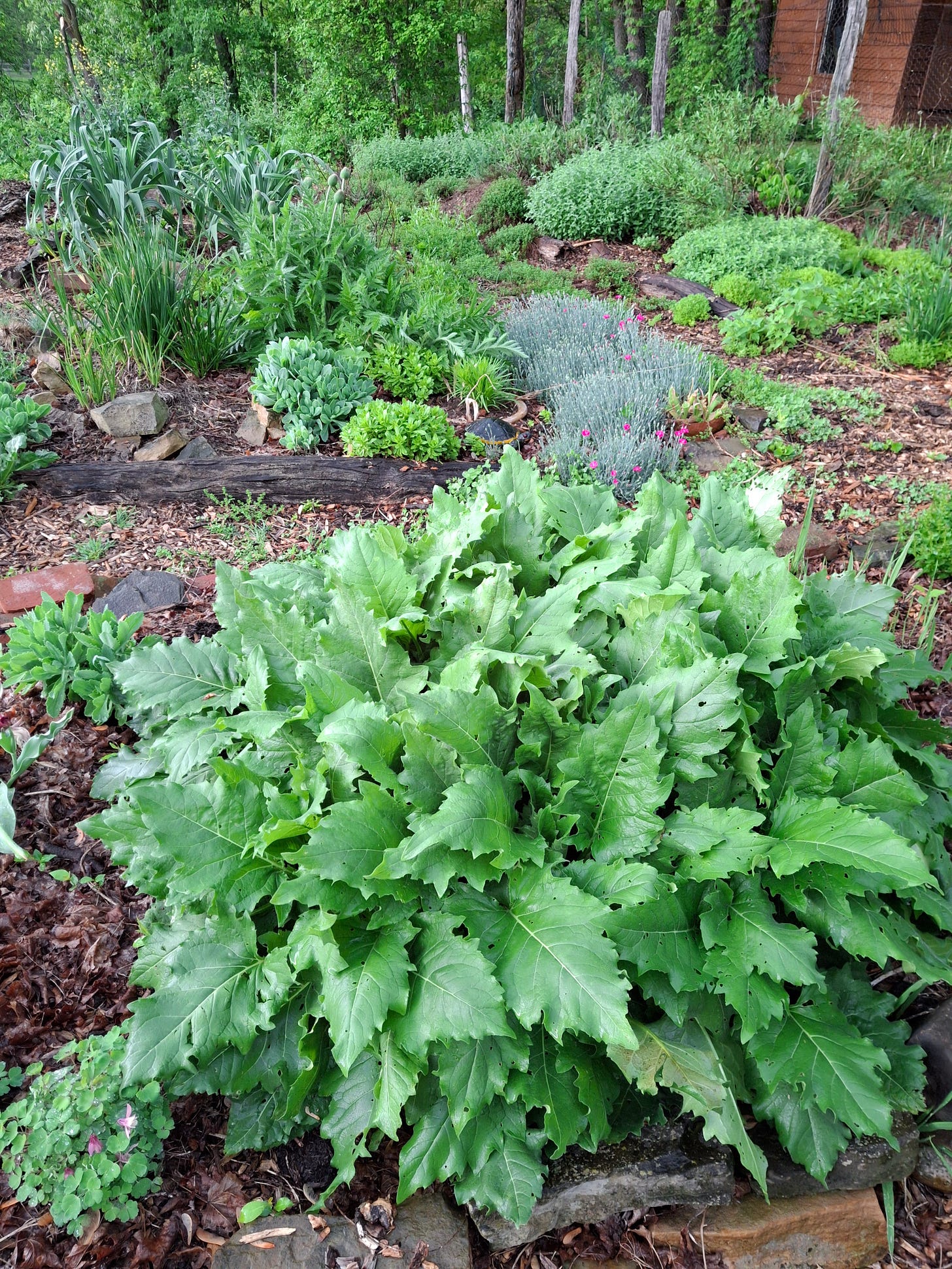
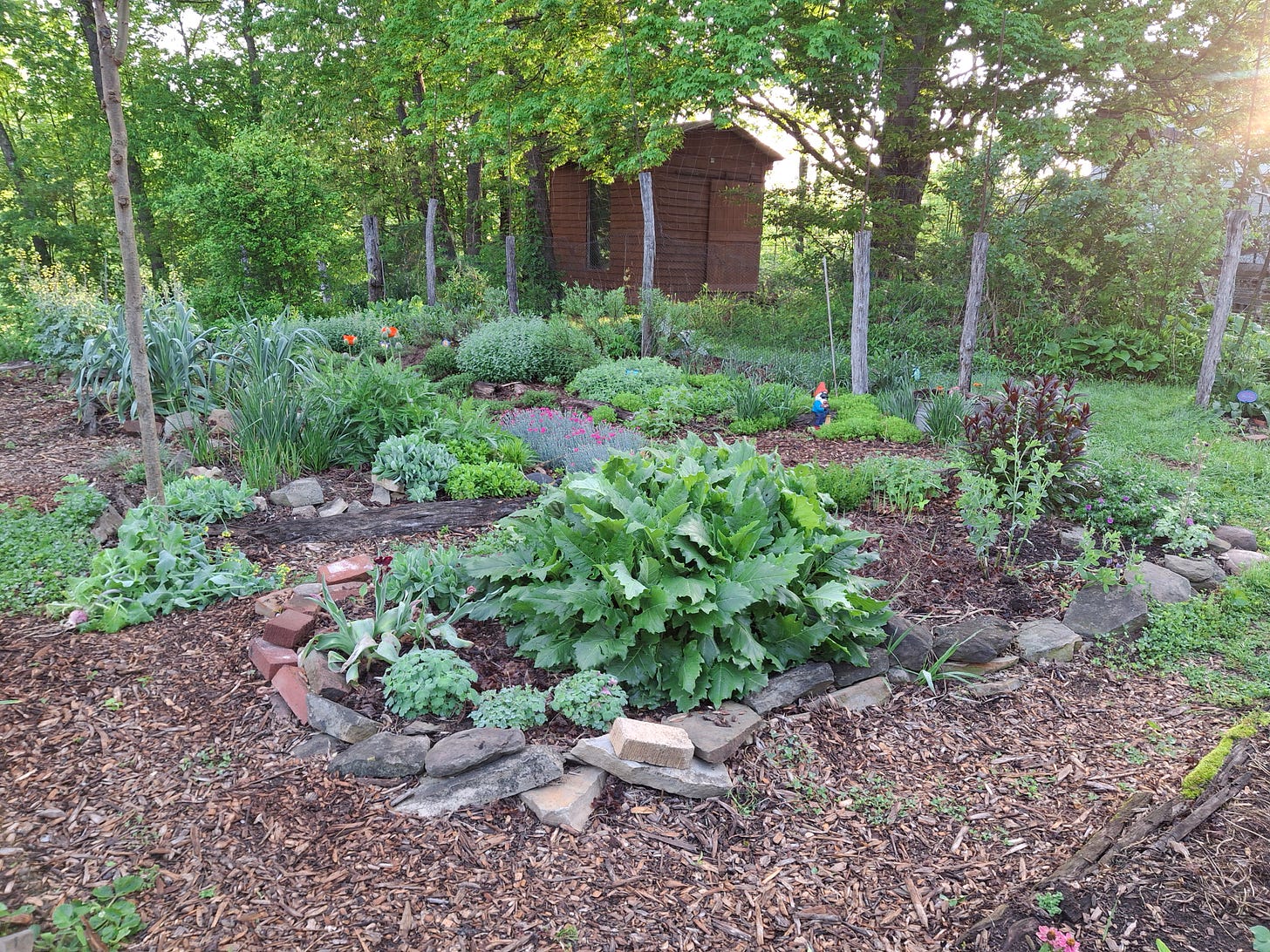
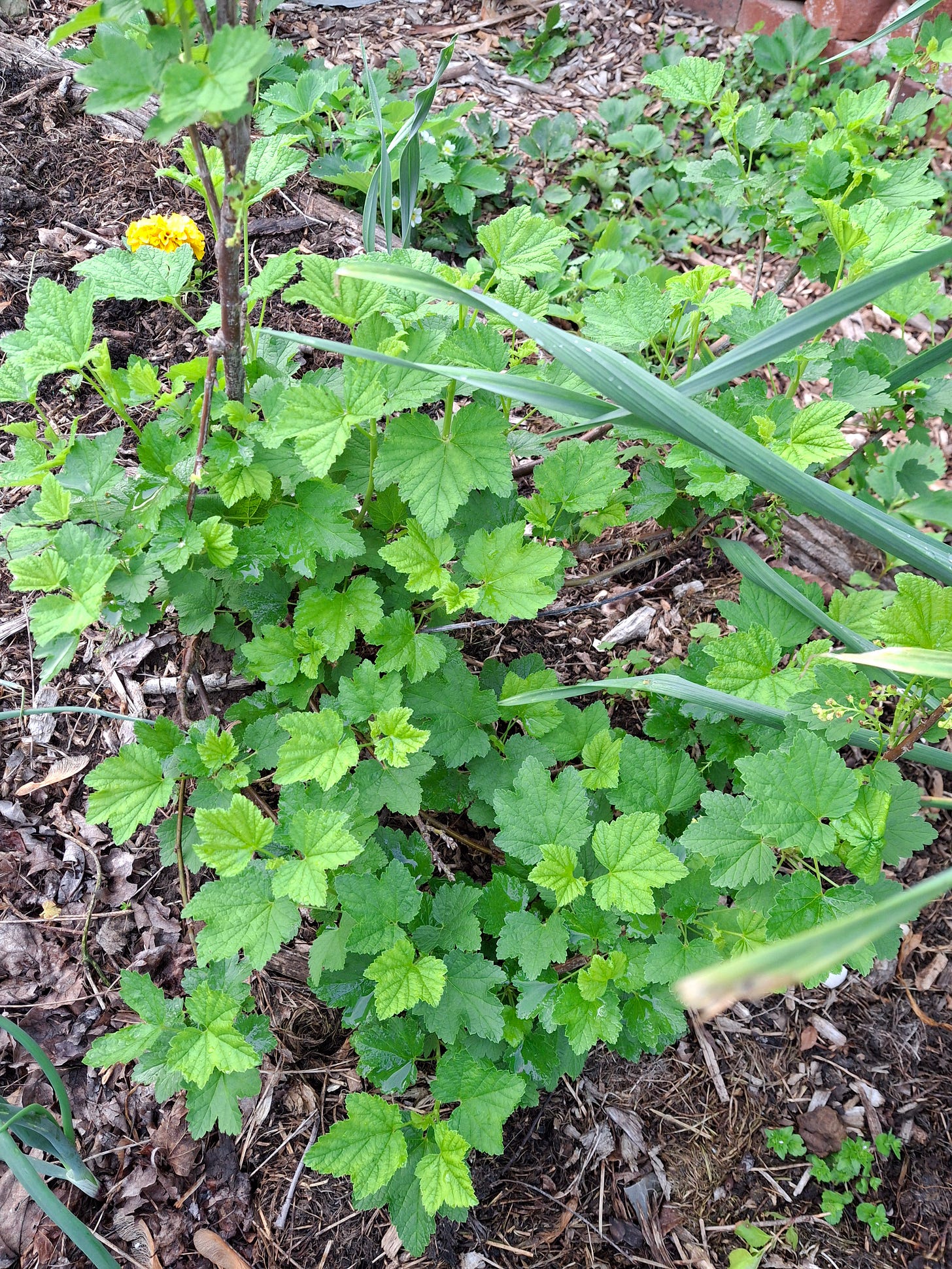
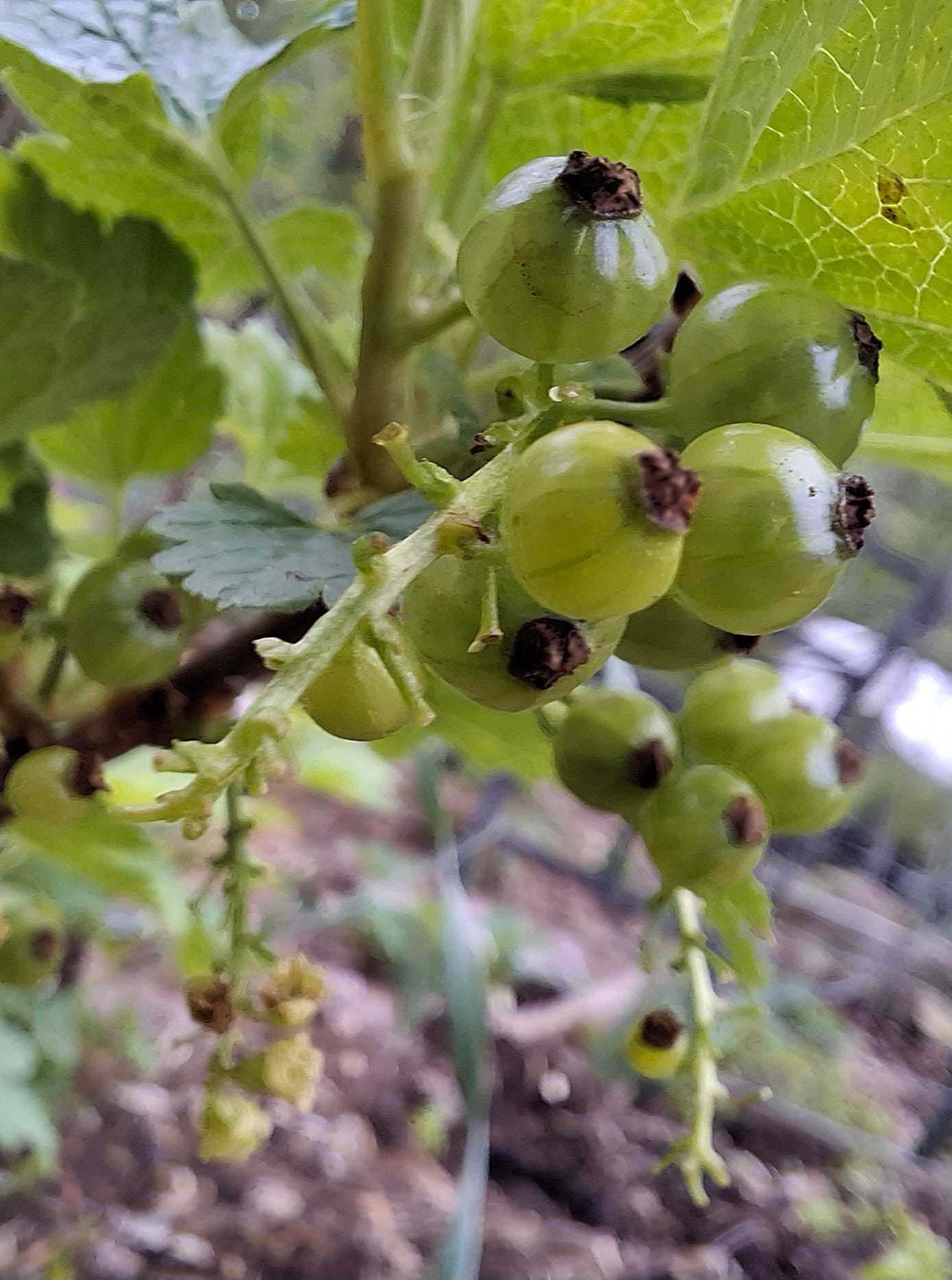
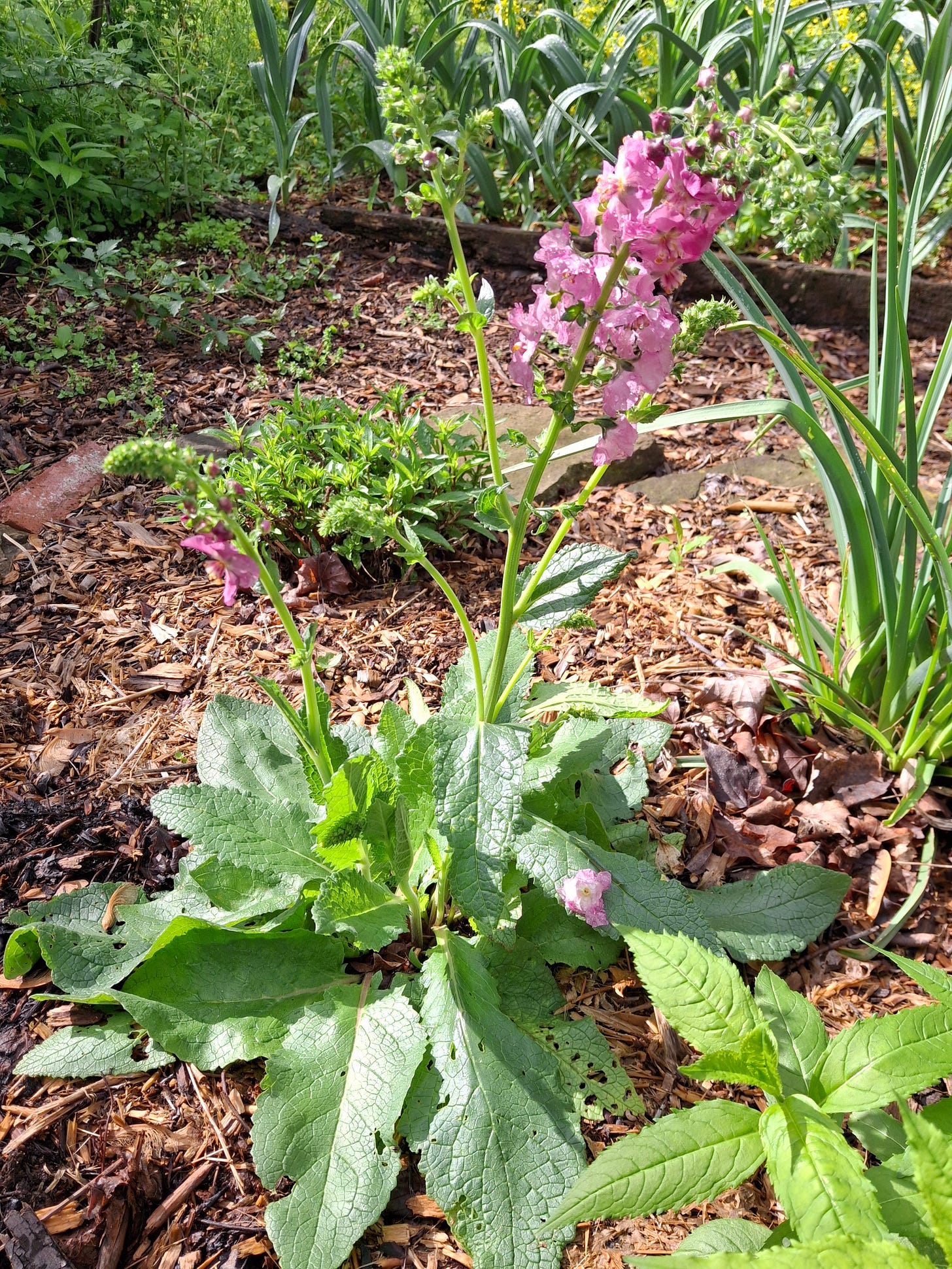

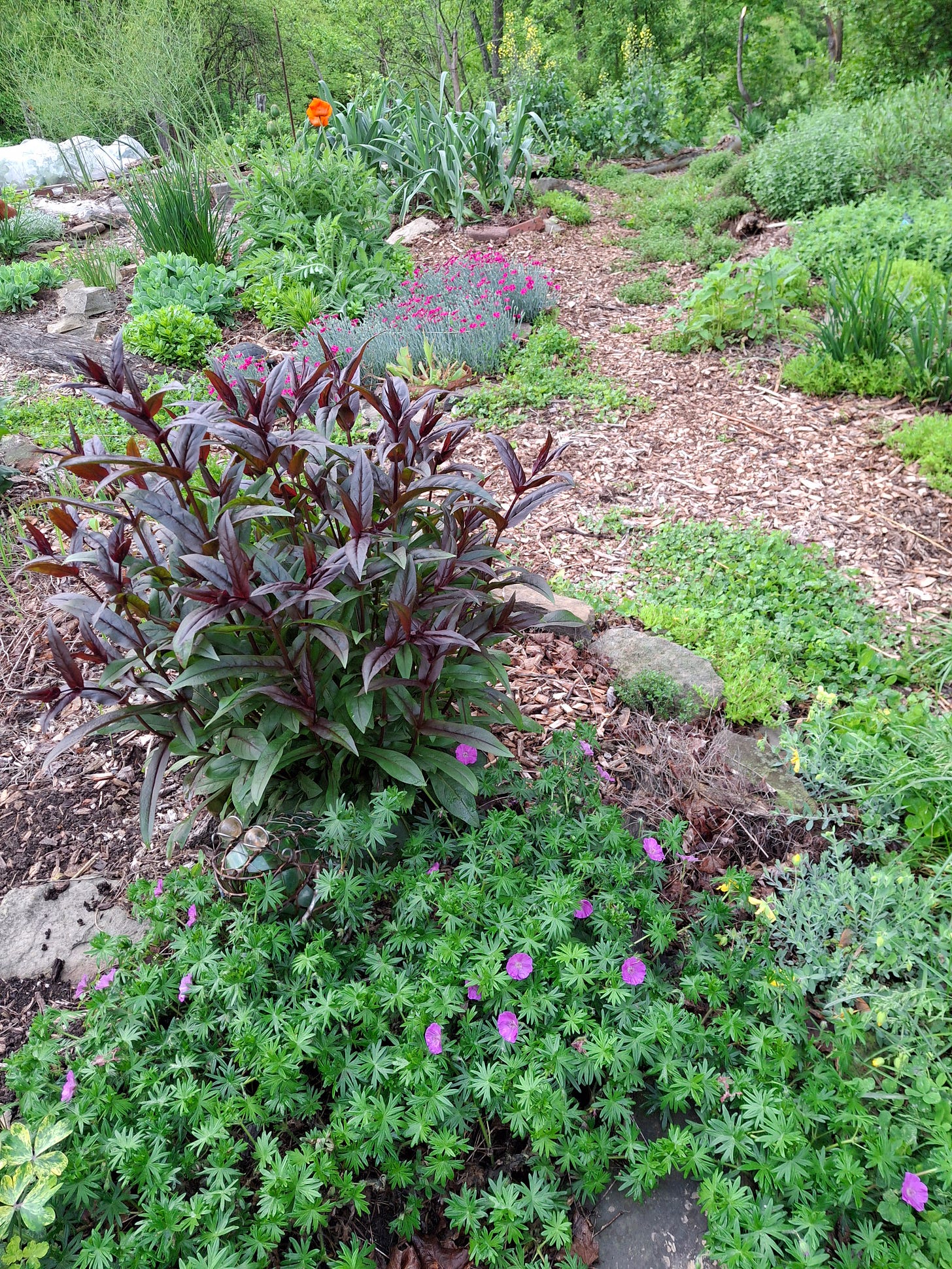
I'm always impressed by all the knowledge you've accumulated (and grown!). I'm a complete ignoramus when it comes to plants, and if supermarkets disappear (something that seems not so far-fetched these days) I'm pretty sure I'll just starve. We have a small backyard with nothing edible in it as far as I know, and I guess I'll never experience large, fuzzy, ethereal green toilet paper... even though it sounds tantalizing.
Thanks for this! Lot of common ground here! Comfrey, yep, mulch, path edges, me and bees love the flowers! Mullein, I brought one up from a derelict site where we used to live and it keeps cropping up here and there, including in the poly tunnel where I can’t bring myself to pull it up- the flower spikes hit the roof and curl round making great shapes. Garlic and other alliums, including the walking onion- can be a bit of a thug, now set loose outside after threatening to take over the tunnel! Currants love it here in Cymru and regularly produce pounds of fruit per plant- only problem being the amount of sugar needed to do a good jam…
Cup plant I am not familiar with at all- is it edible? Here I would add in Good King Henry, a very early cropper, we steam the young flower stalks, a strong bitter but once your gut microbiome gets used to it, extremely tasty.